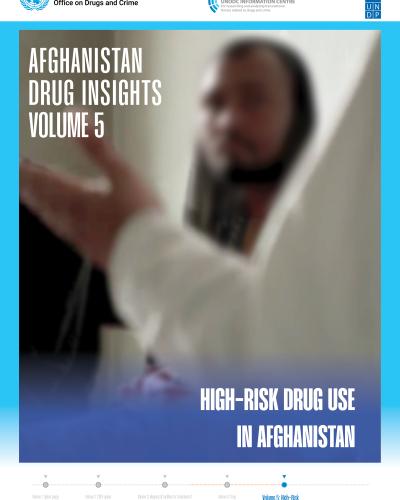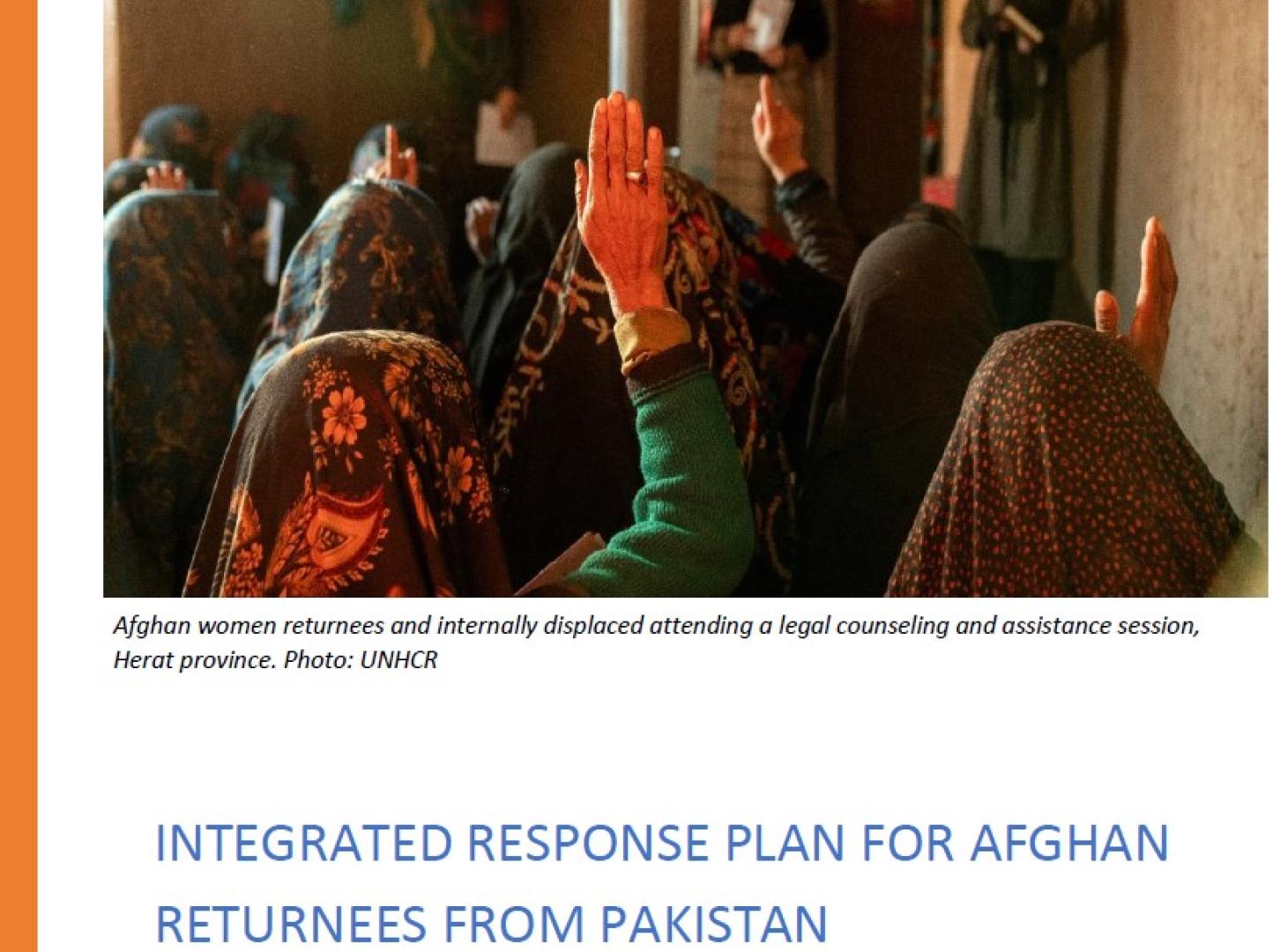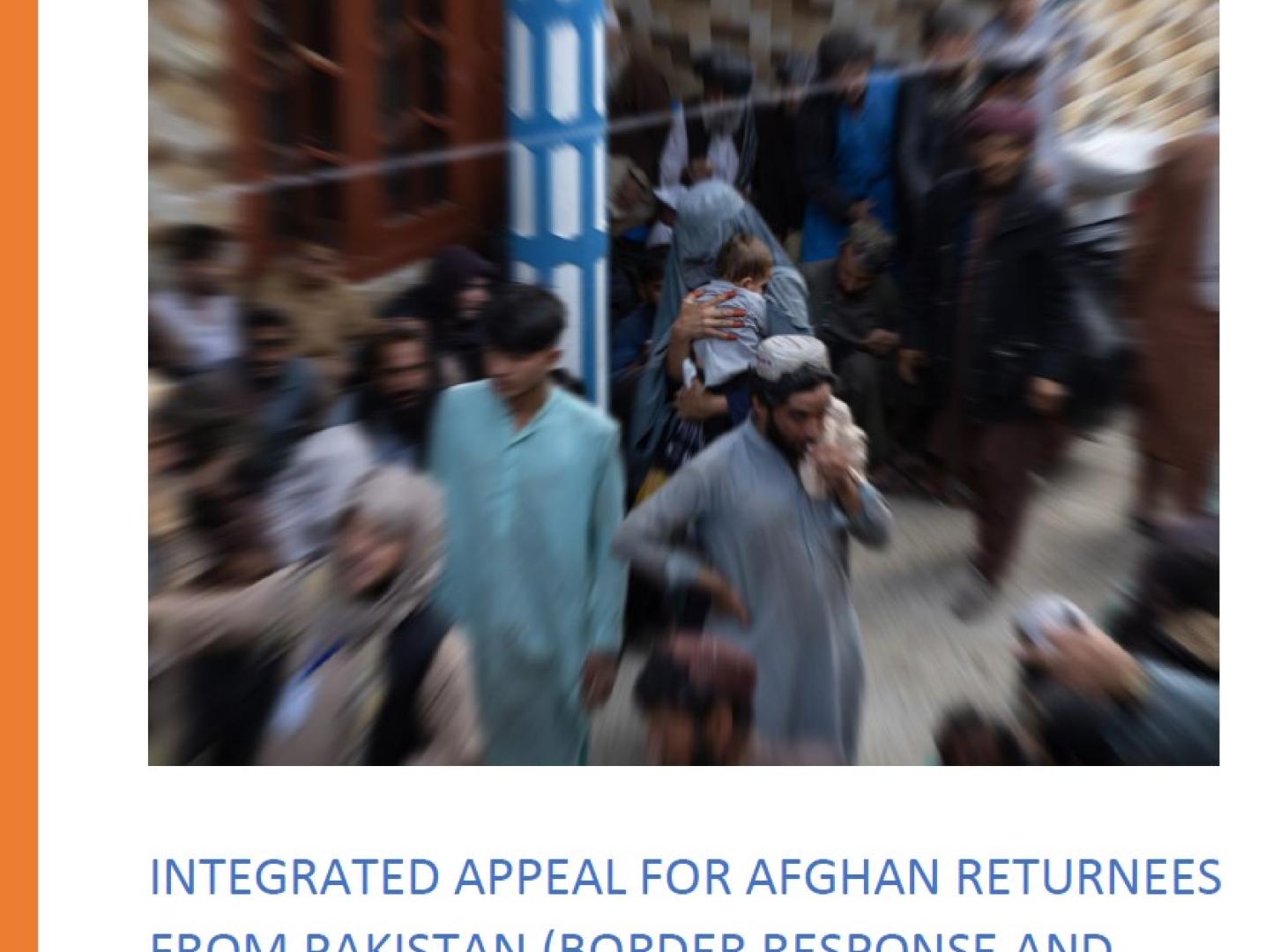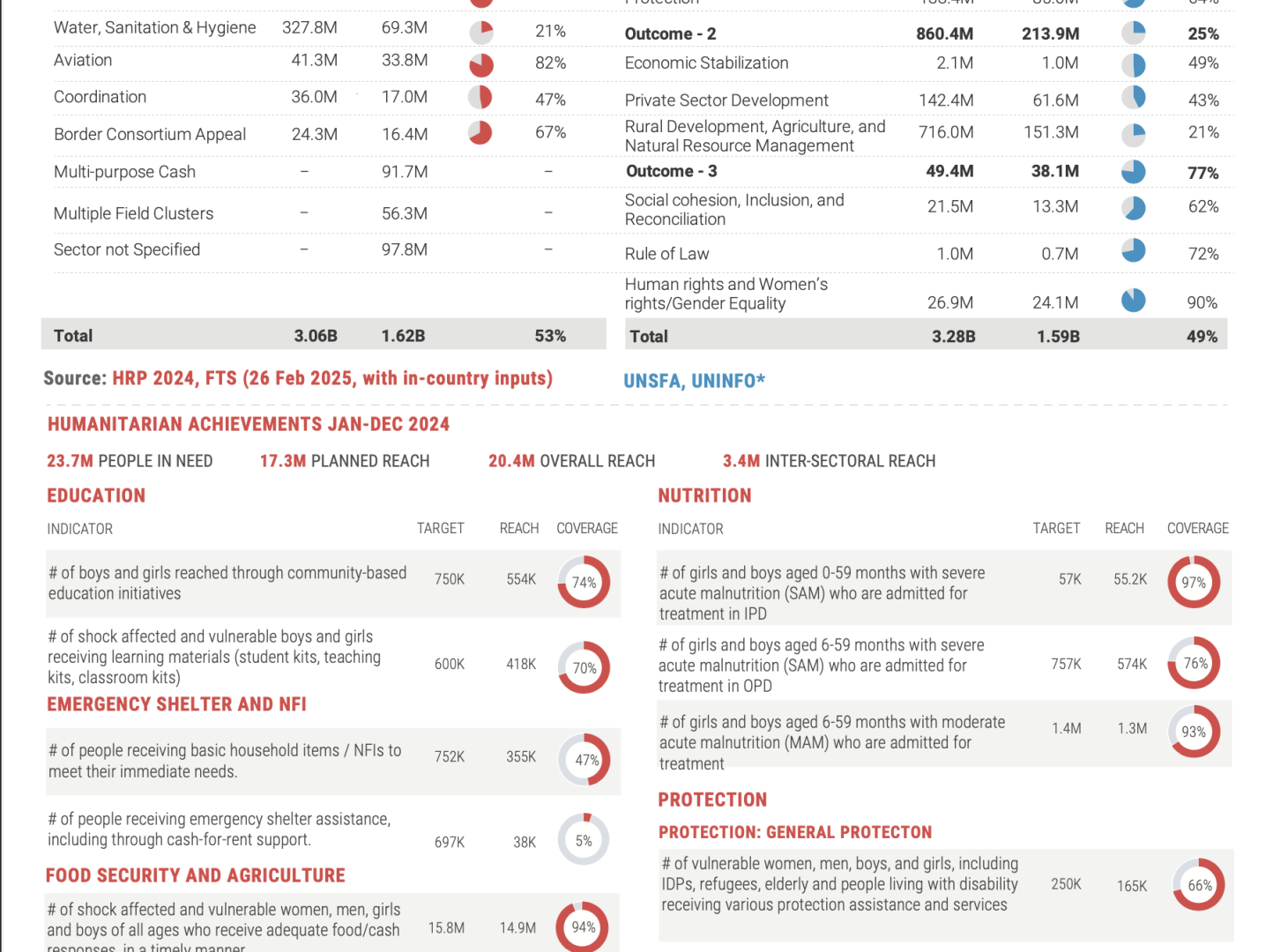UNODC report shows the human toll of drug use and the way forward for Afghanistan

Kabul, Afghanistan — As of 2023, an estimated 27,000 individuals (including 2,670 women and 2,150 children under 15) were engaged in high-risk drug use1 in Afghanistan, shows a new report from the United Nations Office on Drugs and Crime (UNODC), with funding from the UN Development Programme (UNDP). The study reveals the underlying widespread socio-economic vulnerabilities across the country. Nearly half of high-risk drug users had no formal education, one in five were homeless, and many relied on irregular work or criminal activities to support their drug use.
Among the findings are a decline in the traditional use of cannabis and opium versus an increase in the use of heroin and methamphetamine—substances now linked with higher risks of drug addiction, overdose, poisoning, infectious diseases for those injecting drugs, anxiety, depression, isolation, arrest and many other forms of harms.
Injection drug use trends are worrying. About 8% of respondents reported having injected drugs at some point, and more than 75% of those who injected drugs had shared needles. Access to sterile equipment remains inconsistent, increasing the risk of disease transmission.
Access to quality treatment remains limited, particularly outside urban areas. While over half of respondents had received some form of treatment, stigma and service availability continue to undermine recovery.
“Access to treatment remains a major barrier, especially in rural areas. Women and youth remain disproportionately underserved,” said Oliver Stolpe, UNODC Regional Representative for Afghanistan, Central Asia, Iran, and Pakistan (ROCA).
“This study provides critical evidence to help Afghanistan and the international community respond to a shifting and increasingly complex drug use landscape.”, he added.
UNODC supports data-driven approaches that protect vulnerable populations and strengthen community resilience.
The findings draw on data from drug use hotspots, key informant interviews, and a national survey of high-risk drug users across all 34 provinces.








